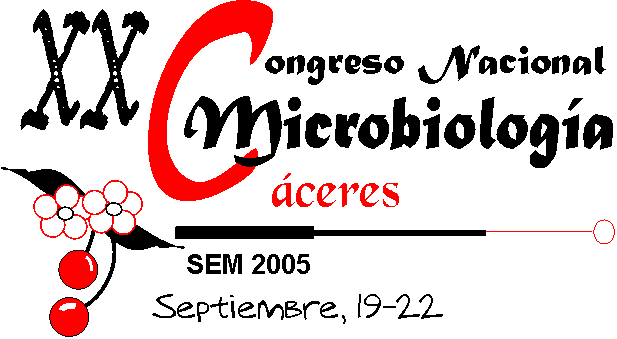
Simposio: Control del riesgo por micotoxinas en alimentos

Simposio: Control del riesgo por micotoxinas en alimentos
Reduction of aflatoxin contamination via control of fungal synthesis
John E. Linz
Departments of Food Science and Human Nutrition, Microbiology and Molecular Genetics; National Food Safety and Toxicology Center; Center for Integrative Toxicology. Michigan State University, East Lansing, Michigan. Jlinz@msu.edu
Aflatoxins are mycotoxins synthesized predominantly by Aspergillus flavus and A. parasiticus when they grow on a variety of susceptible food and feed crops; affected crops with the highest economic impact in the US include corn, cotton seed, peanuts, and tree nuts. Aflatoxins are among the most carcinogenic naturally occurring compounds when tested in laboratory animals; a large body of epidemiological evidence based primarily on studies conducted in Africa and Asia also links aflatoxin ingestion to human hepatocellular carcinoma. Based on these and other data, the International Agency for Research on Cancer (IARC) designated aflatoxin a probable human carcinogen. In the US, the allowable level of aflatoxin in food and feed crops is tightly regulated by the Food and Drug Administration (FDA); this results in a high cost to farmers associated with screening and decontamination or destruction of contaminated crops and directly affects import and export of contaminated commodities due to international differences in action levels (allowable levels in crops). In the US, costs associated with mycotoxin contamination of crops have been estimated at $1.4 billion annually; over $400 million of this is directly attributable to aflatoxins (CAST, 2003). The health risks associated with exposure to low levels of aflatoxin in food that escape detection through routine screening in the US is not entirely clear. It is clear that human health risks due to aflatoxin exposure are much higher in parts of Africa and Asia and in other areas of the world because of ineffective or nonexistent screening programs. Development of safe, effective, and inexpensive methods to control aflatoxin levels in food and feed crops will have a huge economic and human health impact worldwide. A multifaceted approach utilizing many different control measures (in the field and during storage, processing and distribution) is likely to be most successful. Here we discuss currently utilized classical control methods and efforts to develop newer control methods based on research on regulation of aflatoxin synthesis at the molecular level; together these may be effectively utilized to reduce aflatoxin contamination in crops.